Why is East M’sia removing ‘Lain-lain’ in forms – and we’re not?
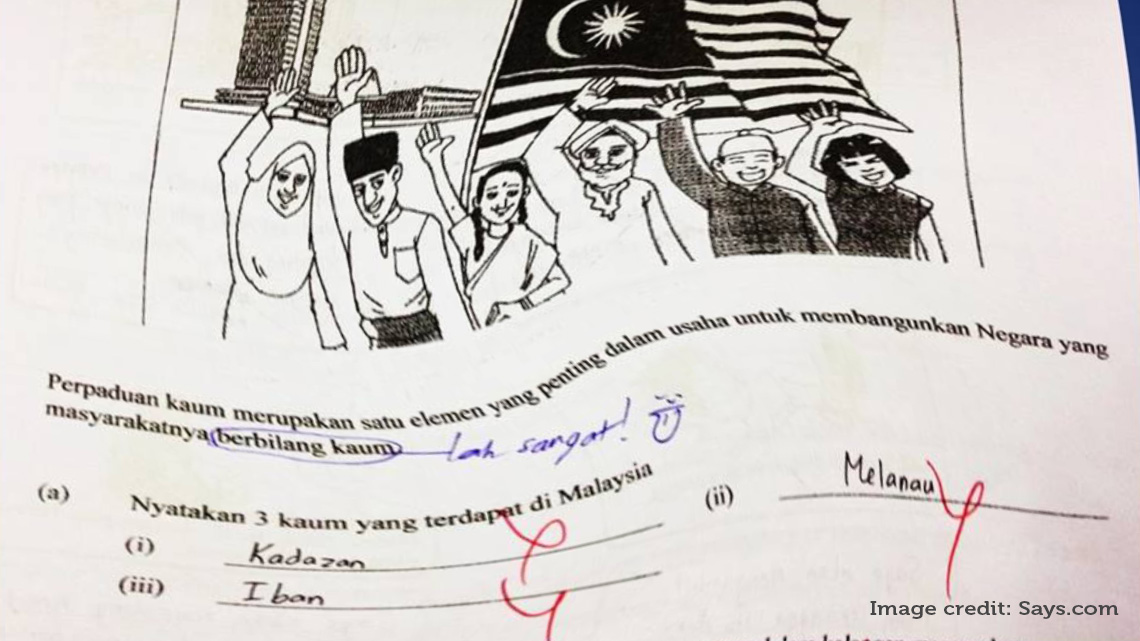
- 1.2KShares
- Facebook1.2K
- Twitter1
- Email2
- WhatsApp1
This article is about the removal of the “Lain-Lain” categorizations in government forms in Sarawak and possibly Sabah Sabah (They made it official at the time of writing), and how it affects us over here.
But before that, let’s point out something insulting – who’s the “Us” in the title? Peninsular Malaysia? So what, is Sabah and Sarawak “Them”? Why this “us and them” sort of wording, CILISOS? It’s publications like you that imply that East Malaysia is less important than you coffeedrinking hipsters in West Malaysia. Shameful! I’ll bet the writers of this twosen website don’t even know the difference between the Sabah and Sarawak! Like in this picture!
Okay. now that we’re done with telling CILISOS off, where were we? Oh yes, while CILISOS is mainly focused on Malaysian issues, we usually seem to come off as meaning WEST Malaysian issues. In fact, we’ve had some readers asking us why we’re not writing about Sabah and Sarawak… Well, the picture above (Click it to read the article) is probably good reason why, along with some other cheap writeup about North Koreans in Sarawak.
But here’s where we make amends ugaiz! in East Malaysia
We came across the news that the Federal Government has allowed Sarawak to remove the “Lain-Lain” race option from government forms and now Sabah got in on the action as well. But the question is, why?
This is what we asked our friends living (or used to live) there. What we found was…
Choosing which “Race/Bangsa” box is a lot more complicated in East Malaysia

We made this on Word and forgot to remove the squiggly lines. Sorry lo.
So yea, race categorization isn’t as straightforward as in West Malaysia. For one thing, there are more than 40 distinct ethnic groups in Sarawak and 32 officially recognized ones in Sabah. This isn’t including the mixed kids and Eurasians, as one of our friends pointed out; so you might imagine the headache of being a government worker trying to file them.
“As far as I remember, forms currently have a designation to identify your race and the only options are a) Melayu b) Cina c) India d) Lain-Lain (sometimes followed by a blank space to state your ethnicity)” – Timothy from Sarawak, by email interview with CILISOS
Wait, there’s more than one type of Bumiputra?!
In a rare instance where two opposing sides agree on something, both PKR and BN Youth pushed for the removal of “Lain-lain,” with BN Youth suggesting that it be replaced with “Bumiputra Sarawak” and “Bumiputra Sabah”. Y’see the term “Bumiputra” actually extends to include the Orang Asli when Sabah and Sarawak became part of Malaysia and they enjoy the same rights that come with the Social Contract. CILISOS freelance writer Hanna wrote a very detailed article on this so you should mos def check it out.
However, Suara Sarawak (do note they’re pro-PKR) points out that some parties opposed BN Youth’s suggestion of the “Bumiputra Sarawak/Sabah” umbrella term as it wasn’t clear if it would include Malays. The concern was that if it did, it might lead to discrimination based on “First-and-second class Bumiputras”. Also, not every Bumiputra is indigenous to Sabah or Sarawak. Malays from the Semenanjung and Indonesians with Malaysian ICs are not entitled to the same benefits of the indigenous people.
“By wrongly implementing the “Melayu/Bumiputra” policy, the Government is trampling on Article 41 as not every Melayu or Bumiputra is indigenous or native to Sabah. A Malay from Malaya or a newly-minted Malay from Indonesia with a new IC/MyKad has no business depriving the privileges and benefits reserved for the indigenous people under Article 41,” – Star Sabah Chief Dr. Jeffrey Kitingan, as quoted in the Daily Express
But why, you ask?
Fun fact if you’re from West Malaysia and have never visited Sabah or Sarawak before: You can’t freely stay in or work there without proper permits. This is thanks to the Malaysia Agreement of 1963, a series of conditions agreed upon to safeguard the interests of the two states prior to joining.
But this is all admin/political stuff… at the core of it, the call to remove “Lain-lain” is because…
It’s a question of heritage, identity, and good leaders
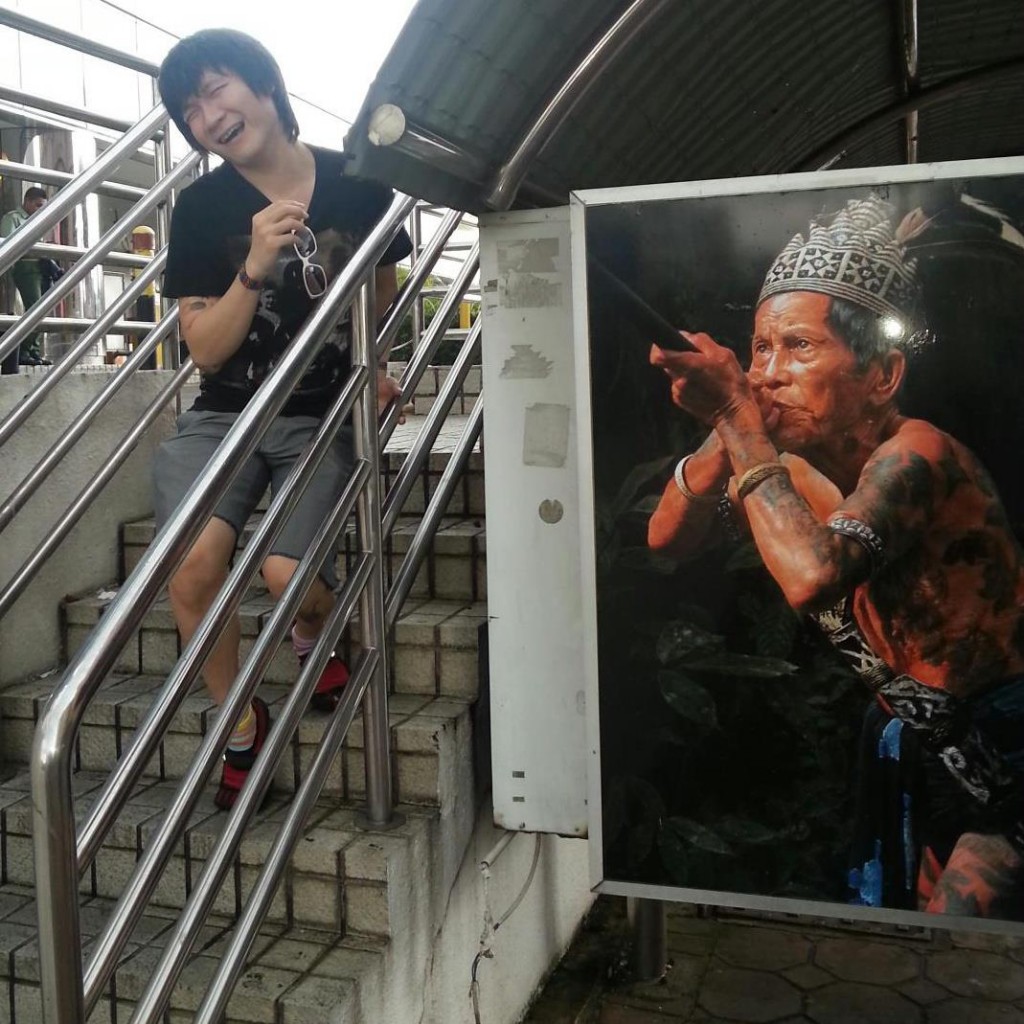
We’re quite sure this image is offensive on some level. Please send complaints to [email protected]
“When you put us under ‘lain-lain’, you are putting us in the same category as foreigners … All this while, it was Malay, Chinese, Indian and others, as if we didn’t belong.” – Former Sarawak Suhakam State Chief Detta Samen, as quoted in The Star
Yes, at the core of it, it’s because the current forms alienate our East Malaysian friends from being a recognized as part of Malaysia’s multicultural environment by grouping them under what we can only consider a “rojak” category. It doesn’t improve matters when Putrajaya tried to fix the situation by changing the categorization on Sabah’s forms to “Bumiputra Islam” and “Bumiputra Bukan Islam” instead, forcing an unwanted categorization by religion rather than ethnic or cultural heritage. Also, the term “Bumiputra” is more widely accepted in Sarawak while Sabahans prefer the the term “Anak Negeri” (Translated as “Natives”).
However, all this changed through the efforts of various Sarawakian ministers led by Chief Minister Datuk Patinggi Tan Sri Adenan Satem who pushed get the federal government to replace “Lain-lain” with Bumiputra Iban, Bumiputra Bidayuh, Bumiputra Melanau, and Bumiputra Orang Ulu.
If you’re wondering “Why only FOUR???,” it’s because these are the collective ethnic groups which many of the other tribes fall under. And, if anyone still sees “Lain-lain” in forms, they can officially, like government ruling officially, cross it out and write their ethnicity in it’s place.
The new Sarawak Chief Minister seems to be #winning as far as Sarawakians are concerned, with his commitment to them:
“My title is the chief minister of Sarawak. Not the chief minister of the Malays, Ibans or whatever” – Sarawak Chief Minister Datuk Patinggi Tan Sri Adenan Satem, as quoted in The Borneo Post
What some East Malaysians think
As mentioned, we spoke to a few people to see what they think. Here are their responses (edited for context and formatting):
“I personally think they should remove all the four options and just require people to write their ethnicity in a blank space. In fact, I hope someone would explain why race is such an important criteria in forms. Yes, for national registration, why not? But on applications to enter school? To set up a bank account? … I am all for [removing the Lain-lain]. Remove “Others.” Remove “Malay.” Remove “Chinese” and remove “Indian” and just leave a space for the individual to fill in their ethnicity. Note the word ethnicity and NOT race.” – Timothy, Sarawak, Kelabit ethnicity
“I think it’s great progress in recognizing ALL the races that make up Malaysia. I am curious to see how it would eventually be laid out though – because East Malaysia has a lot of races.” – Jacqkie R., Sabah, Murut ethnicity… (If it’s from the previous categorization I would fall under “Lain-Lain”)
“Personally, I don’t really care either way, they’re just forms after all. Culture is what you practice and to me it didn’t matter what I put on the paper. I’m too mixed to even say I am this race or that race. But I do know that this is important to a degree. Having your ethnicity recognized means you’re not just a lump of Sabahans or Sarawakians. Officially your ethnicity exists now.” – Ariff, Sabah (but moved to KL), *Mostly* Dusun ethnicity
But why is there a “Race” column in the first place??
Okay, we’re going to answer this from two perspectives – historical, and practical. For the historical, we can thank the same people who gave us the Sedition Act… the British.
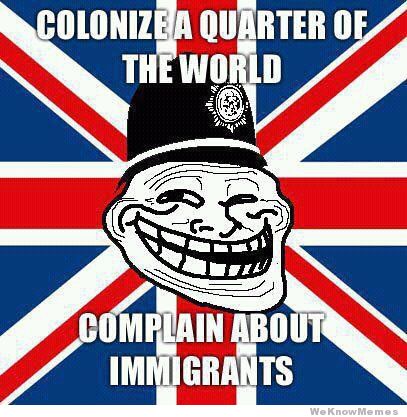
Your RACE and your ETHNICITY aren’t the same thing.
A “Race” is a categorization of people based on presumed physical or genetic traits while “Ethnicity” is how a group identifies with each other based on cultural and historical traits. Here’s a site explaining it in more detail.
In the same journal paper mentioned earlier (nah, here’s the link again), the authors state that because there was no base in which the Brits could classify the peoples of Malaya the “categories of the classification had to be “invented” from experience and common knowledge,” which is a nice way to say “Buat tembak aje lah.”
You might be thinking “Okay CILISOS, so this was over a hundred years ago, surely we know better now right?”. Well, here’s a an American World War II (That’s in the 1940s!) guide to telling apart the Japanese from the Chinese:
So the whole concept of categorization by race is pretty much subjective, and while there are some guidelines put in place in Malaysia and Singapore to help, it may not always work very well. For example, both Malaysia and Singapore records a child’s race based on the race of the father.
Here’s an imaginary scenario:
Our intern Hans is Chindian. We asked him if he marks himself as “Lain-lain” because, well, he’s neither Chinese or Indian, right? Nope. He follows his father’s race, which is Chinese. Now, let’s assume he marries an Indian girl and his child follows him and identifies as Chinese, and marries and Indian girl as well. If this is repeated over a few generations, by law of genetics, Hans VII would look Indian but is, by official documentation, Chinese.

Hans. Single. Please send inquiries to [email protected] #pimptheintern
It’s imaginary because Hans is single right now though. You might say he’s Hans solo.
So should Semenanjung Malaysia get rid of “Lain-lain” too?
Well…. before you say “Why not take away the “Race” column one shot? Y gomen make errthang about Race?!” we’ll again say that such data is needed for certain applications AND that the government has started removing the race column from some government forms that don’t need it.
But this is where we pass the ball over to you guys and ask what you think. Let us know in the comments or in the handy dandy poll below:
And yes, we totally brought the focus back to West Malaysia. Shameful! #ihatecilisos
- 1.2KShares
- Facebook1.2K
- Twitter1
- Email2
- WhatsApp1

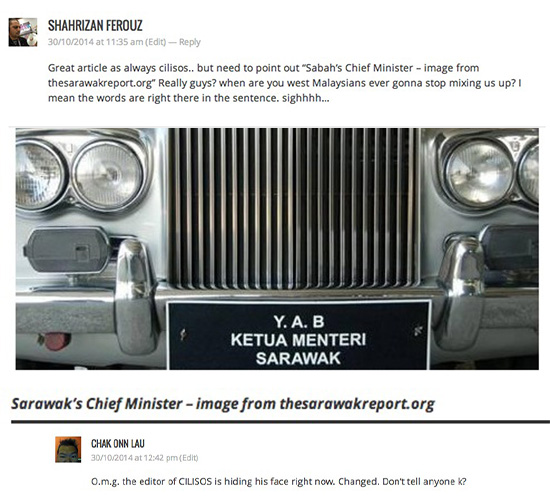
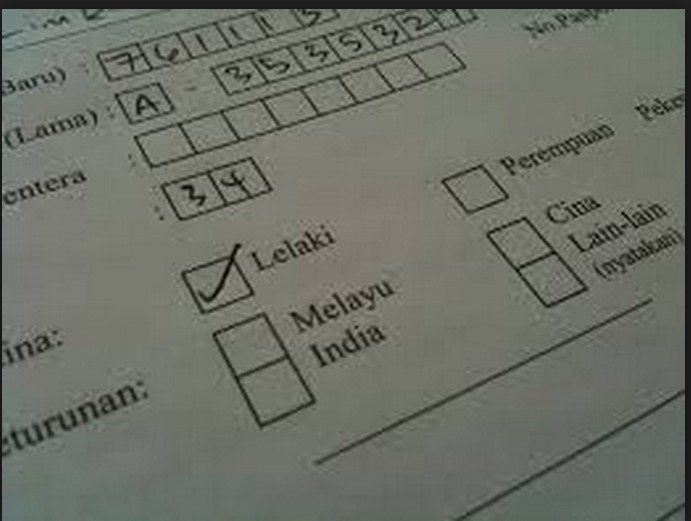
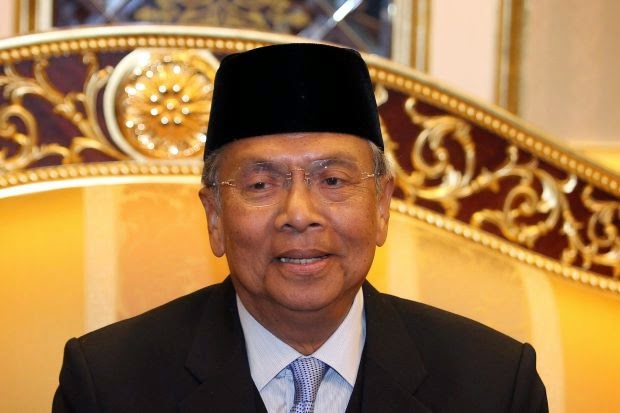







4 Comments